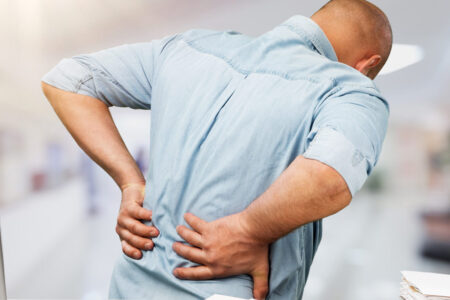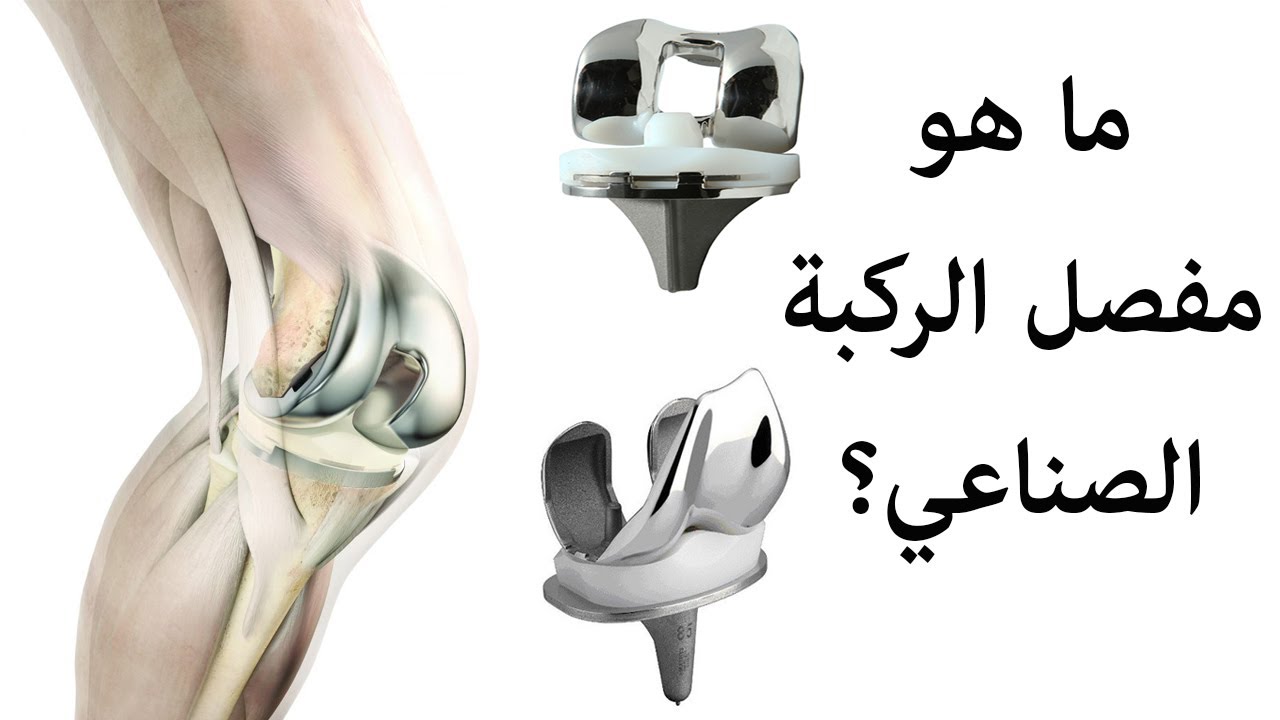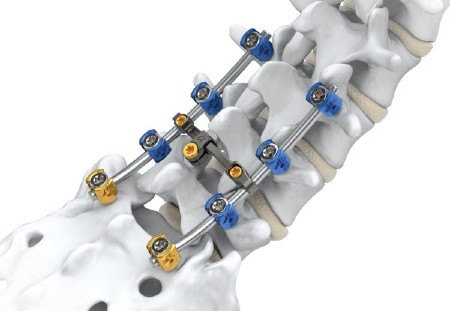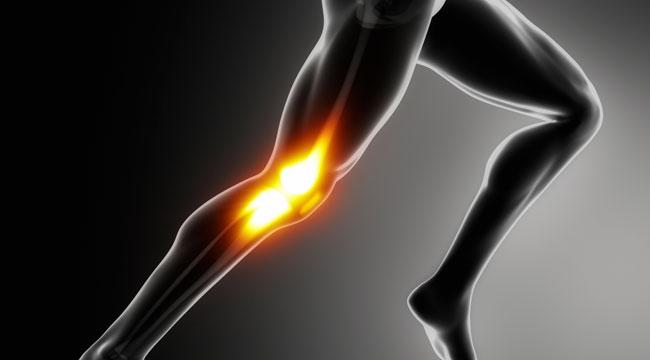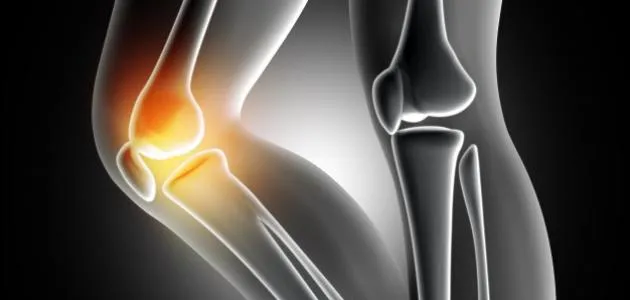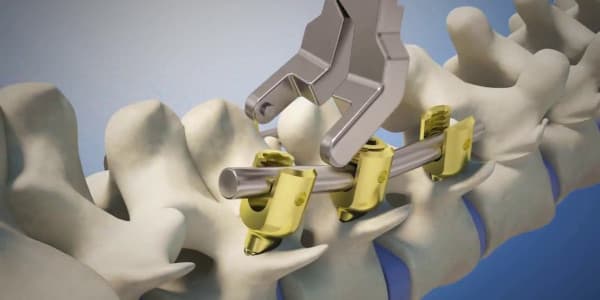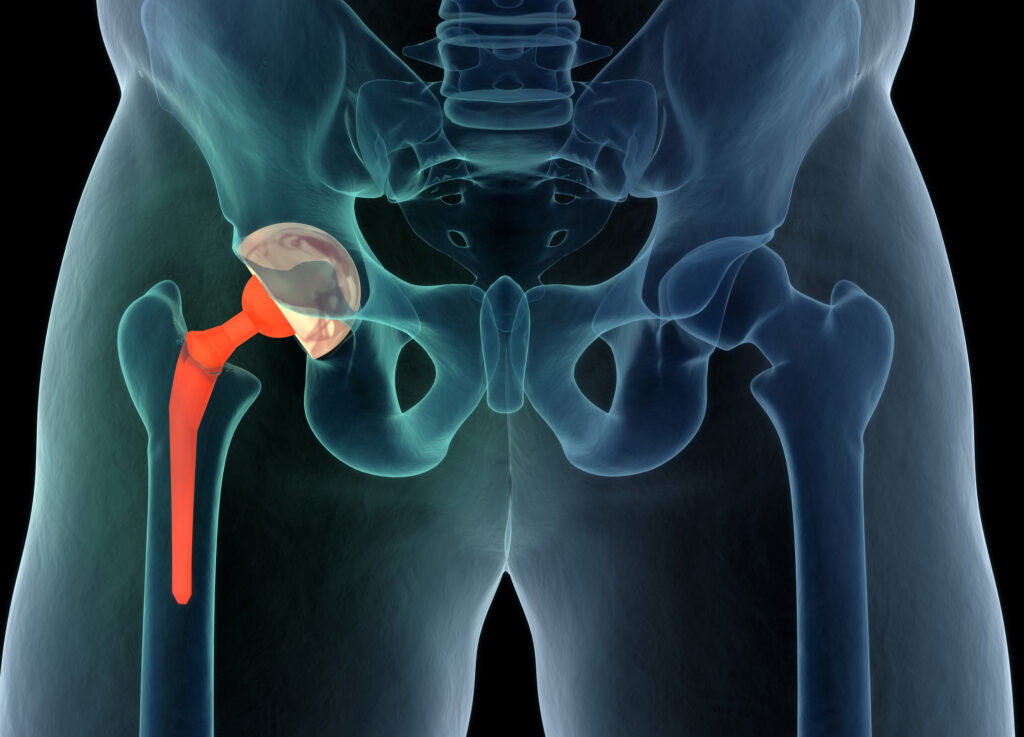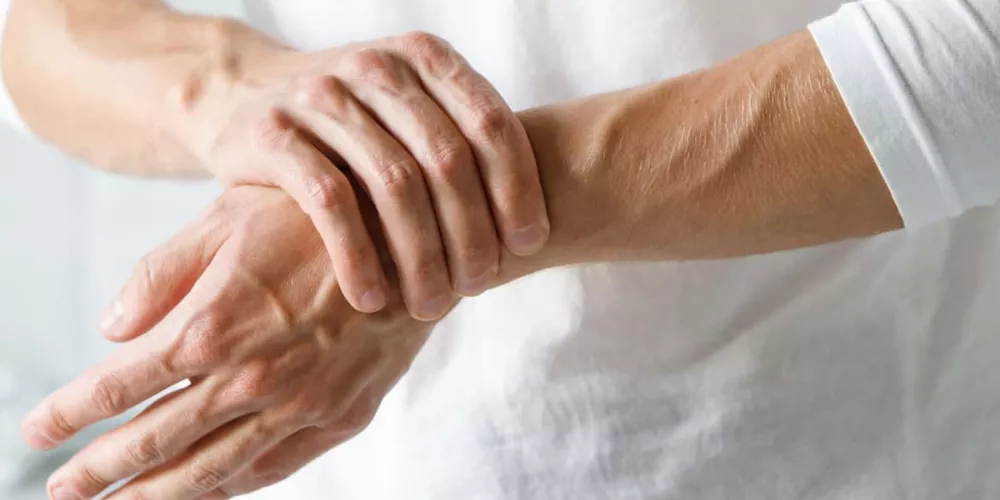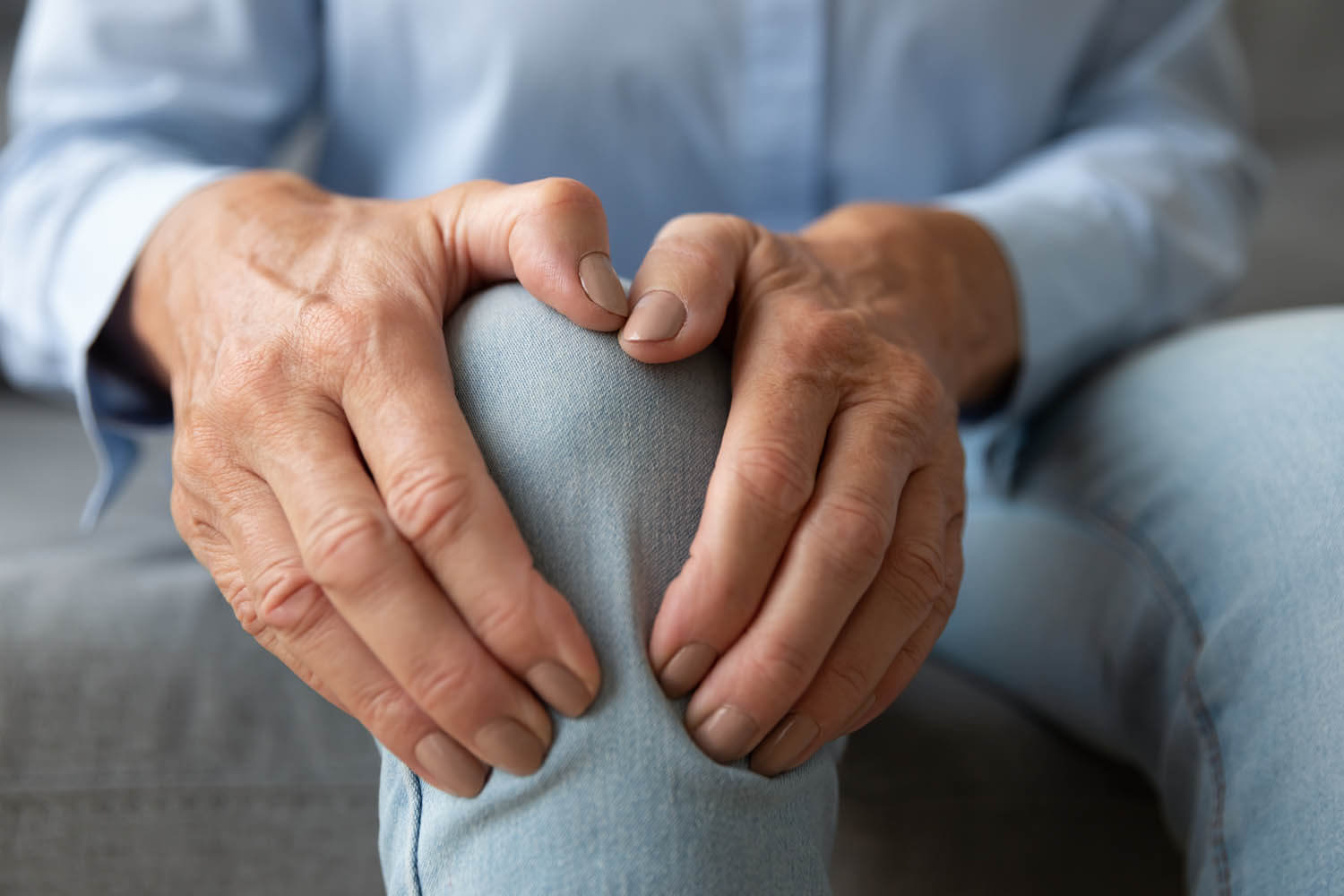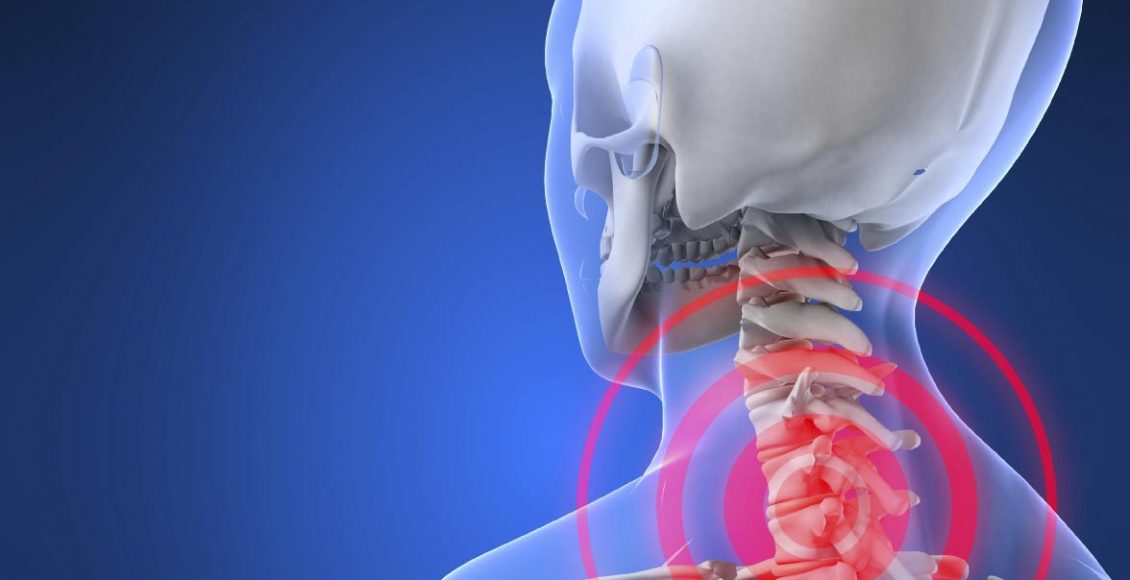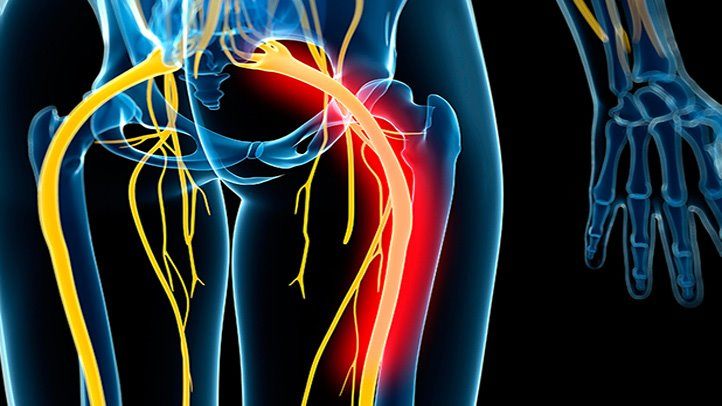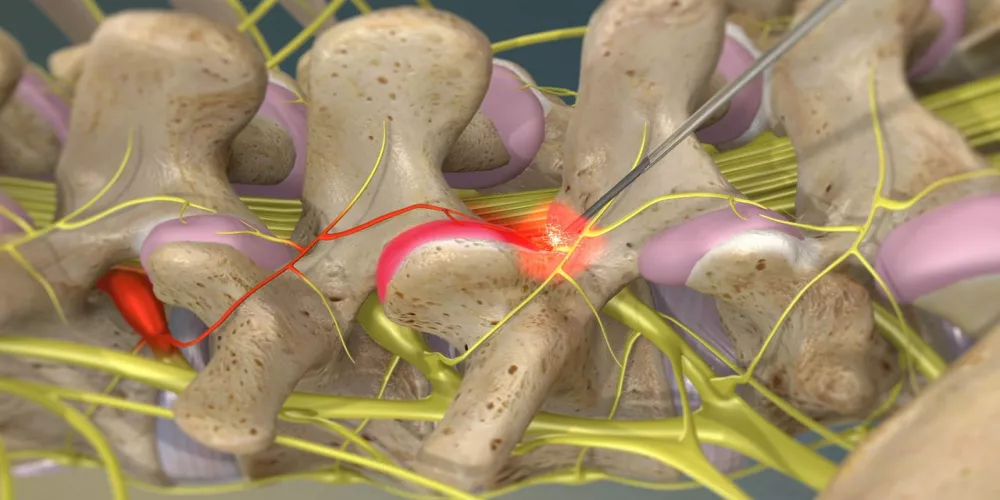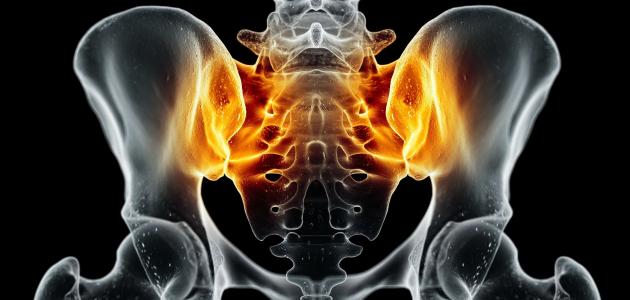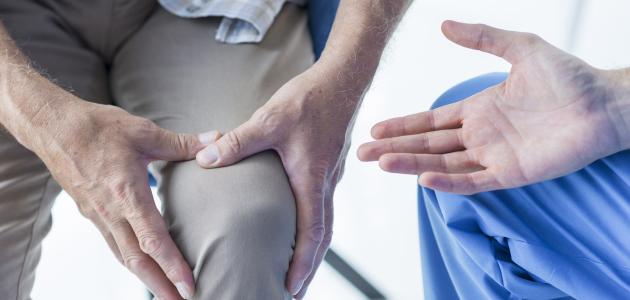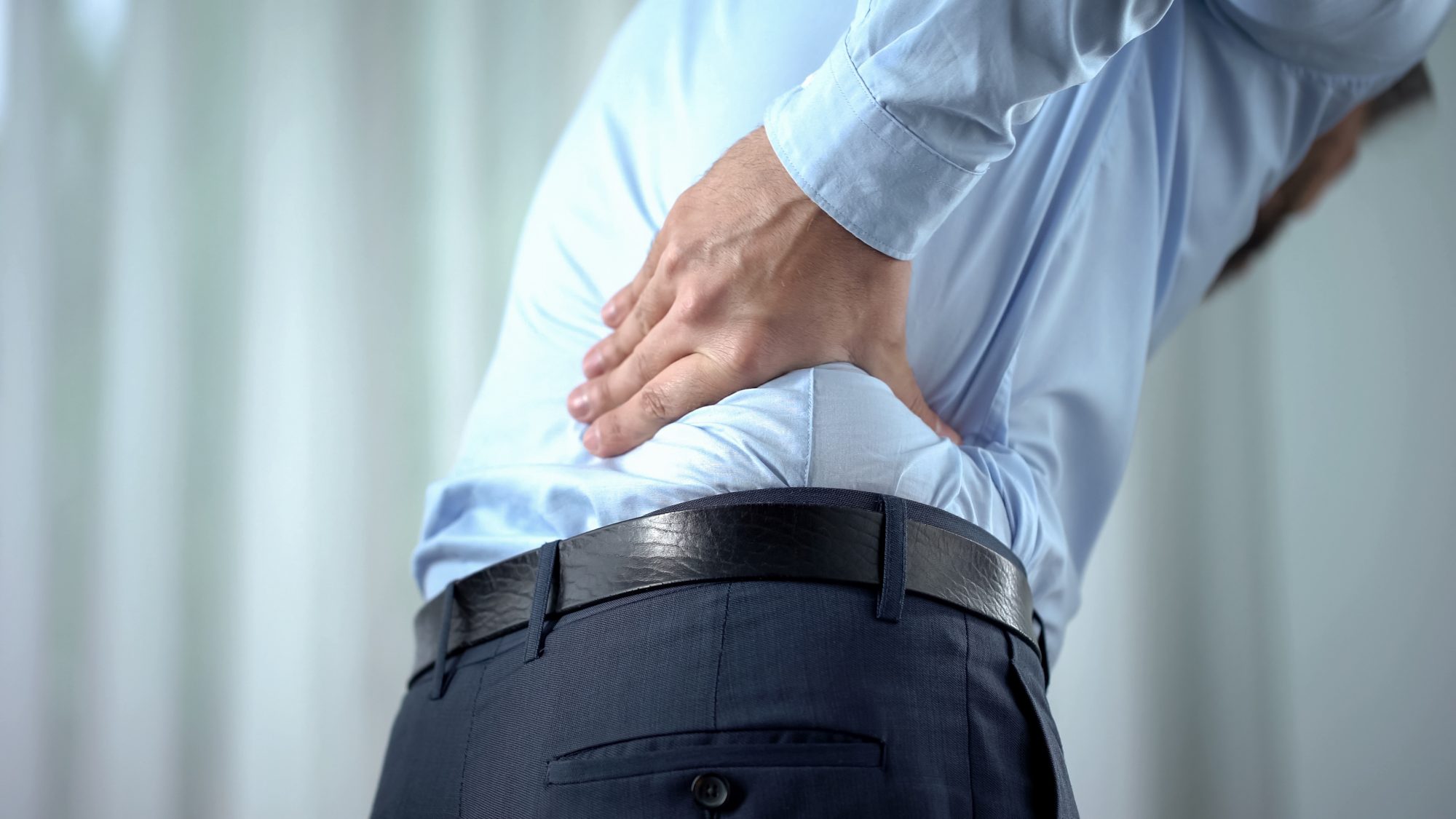What you do not know about the gym and cartilage
Cartilage and the problems that result from it have many treatment methods, but physical therapy and exercise remain the indispensable solution in all cases, depending on the nature of the exercises from one person to another according to his condition, of course, follow the following article with us to learn about the most important exercises that benefit the cartilage.
Gym and cartilage
There is a close relationship between the gym and maintaining physical fitness and cartilage, as it is because the body contains four hundred muscles and therefore the body strengthens the skeleton of the individual in a way that makes it able to carry the weight of the individual, but also this may negatively affect the cartilage if the individual performs a wrong movement or exercise, as this makes the muscle subject to contraction and this makes the bones more susceptible to any injury, especially in the back and pelvic areas.
For this, the individual must be sufficiently aware of the exercises that benefit him and the machines that he must deal with and how to use them correctly to work to strengthen the muscles and avoid any violent exercises that require carrying heavy weights or performing dangerous movements, and among the most common injuries that people who go to the gym suffer from are cartilage injuries.
The right sport for herniated disc patients
Herniated disc and sports have a very close relationship with each other, as doctors advise patients with herniated disc who do not need surgical intervention to practice some sports under the supervision of a specialist to prevent any problems or wrong movements during that, and examples of suitable sports for herniated disc patients include:
- Yoga and stretching: It is considered one of the best sports that are recommended for the treatment of a herniated disc because it contributes to relieving pressure on the sciatic nerve, and there are two ways of it, such as placing the knees near the chest and this helps to lengthen the tight muscles in the lower back and the cobra position that strengthens the heart muscle and stretches the lower back noon.
- Swimming: This relaxes tight muscles, and this has a very big role in reducing the symptoms associated with a herniated disc, as swimming does not require any pressure on the spine.
- Riding a bicycle: This is recommended by many physiotherapists because it has a great role in relaxing the tense muscles in the spine.
Benefits of walking for herniated disc
Walking has a very big role in the treatment of a herniated disc because it is considered one of the most light exercises that can be followed in its treatment, but the doctor must determine how to do this and the time so that it does not produce counterproductive results, and among the benefits of walking for a herniated disc:
- Strengthening and tightening the muscles surrounding the spine and increasing its flexibility.
- Greatly relieves back pain.
- Promotes blood circulation in the individual’s body, which helps food and oxygen reach the affected area well and speeds up its recovery process.
Cartilage healing exercises
Examples of exercises that are very helpful in treating cartilage are:
Back and neck extension exercises
This exercise is very easy and has great effectiveness in reducing pain and symptoms that are associated with cartilage problems, this exercise can be done in the following way:
- Stand upright.
- Putting hands down next to the back at the pelvic area.
- Move the pelvis forward and back to the back as well as both the neck and the face until you see the ceiling.
- Repeat these steps up to 10 times, no more than twice per day.
Hamstring exercises
This exercise focuses on strengthening the back muscles, and it is done by following these steps:
- Sit on the end of a chair and fold one foot and extend the other, keeping your back straight.
- Bend very slowly while keeping the back straight toward the outstretched foot.
- You will notice that your feet are pulled back.
- Rest for a few seconds and repeat this exercise more than once.
Spinal decompression exercise
- This sport consists of clinging to the top of the door, as this helps to separate the vertebrae from each other and relieve pressure on them.
- Attachment should not last for more than a few seconds, if you feel pain during that, do not repeat this again.


